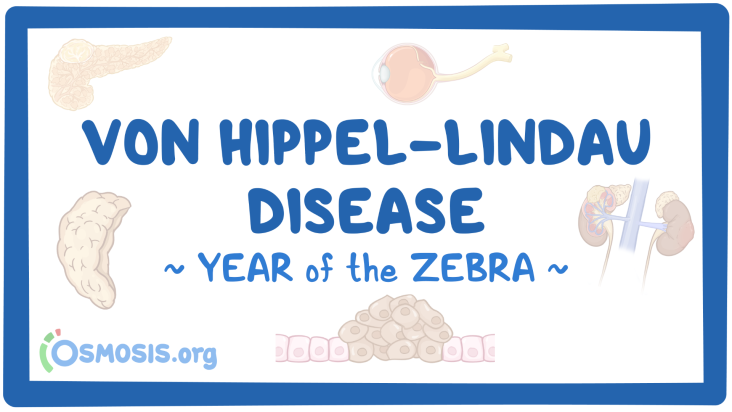
Rare Disease Education: Alpha-1 Antitrypsin Deficiency
Editor: Kelsey LaFayette, DNP, RN, FNP-C
This content aligns with Goal 3: Good Health and Goal 5: Gender Equity by examining the particular impact of climate change on women in South Asia.
The article discusses the connection between type 2 diabetes mellitus (T2DM) and neurodegenerative disorders, with a focus on the role of mitochondrial dysfunction as a potential link between these conditions. It reviews the epidemiological and molecular evidence that suggests T2DM as a risk factor for the development of Alzheimer's disease and Parkinson's disease, and highlights the importance of understanding the mitochondrial mechanisms underlying this relationship to identify new therapeutic targets.
This cross-sectional population-based study examined the relationship between statin use and anti-Alzheimer's disease (AD) drug prescription in patients over 70 years old with cardiovascular risk factors. The key findings were: 1) Patients using low-potency or hydrophilic statins had lower odds of anti-AD medication usage compared to high-potency or lipophilic statins, respectively; 2) Patients taking rosuvastatin or pitavastatin had lower odds of anti-AD medication usage than those consuming atorvastatin.
This chapter aligns with UN SDG goals 3 and 13, focusing on the impacts global warming has on the earth, impacting the food supply and ultimately human health.





